In the article “Overhyped Gadgets That Weren’t Worth the Price Tag,” we explore the realm of technology’s letdowns, focusing on products that generated excitement but failed to deliver. We dissect the reasons behind the underperformance of these overpriced gadgets, from smart devices to wearable tech, which didn’t meet consumer expectations. This piece sheds light on the gap between marketing hype and actual utility, providing insights into the fleeting nature of tech trends.
Google Glass
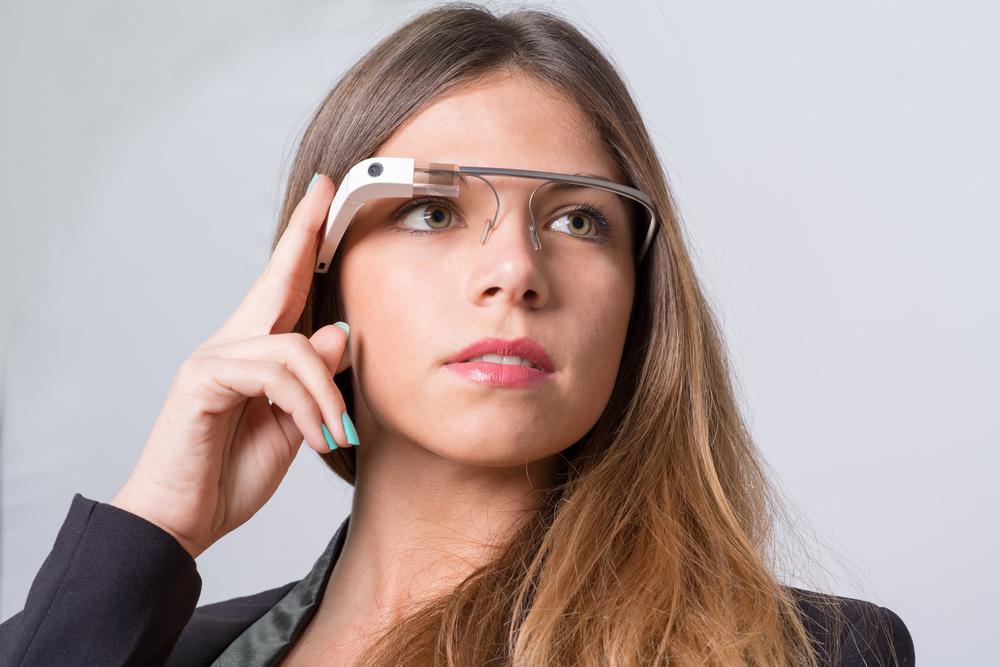
Google Glass was a wearable computer in the form of eyeglasses, boasting a head-mounted display and camera. Launched in 2013, it was priced at around $1,500. Despite its innovative approach to augmented reality and hands-free computing, it faced privacy concerns, limited functionality, and a lack of compelling apps, leading to its discontinuation for consumer use.
Segway PT
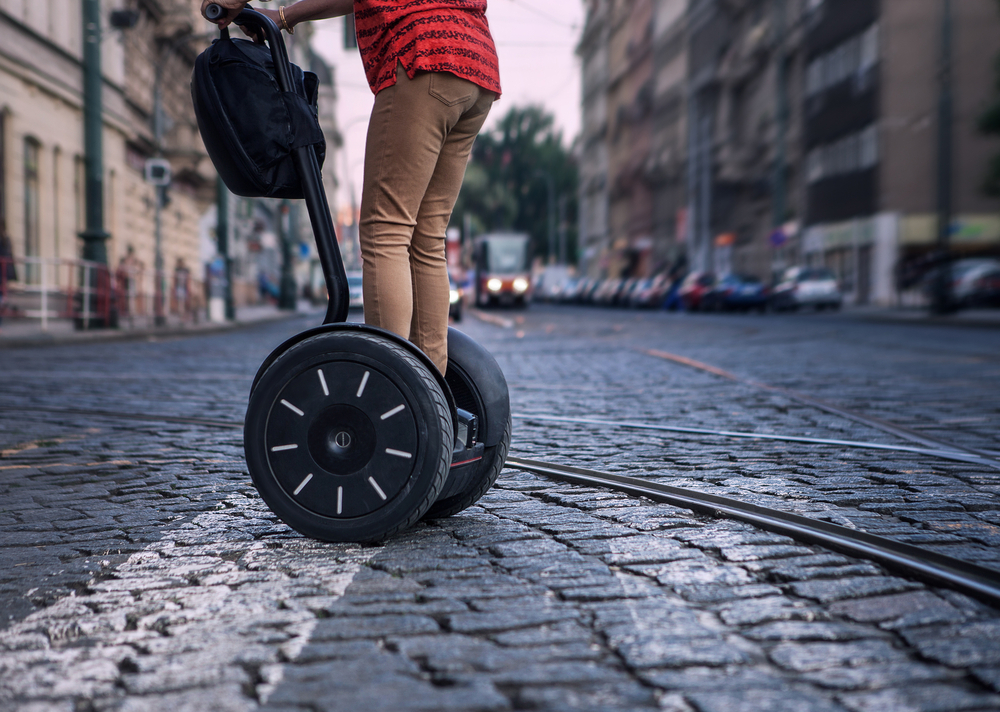
The Segway PT, a two-wheeled, self-balancing personal transporter, was unveiled in 2001 with expectations of revolutionizing personal transportation. Costing approximately $5,000, it was too expensive for mass adoption and became more of a novelty item for tours and security personnel, failing to become the transportation staple it was expected to be.
Juicero
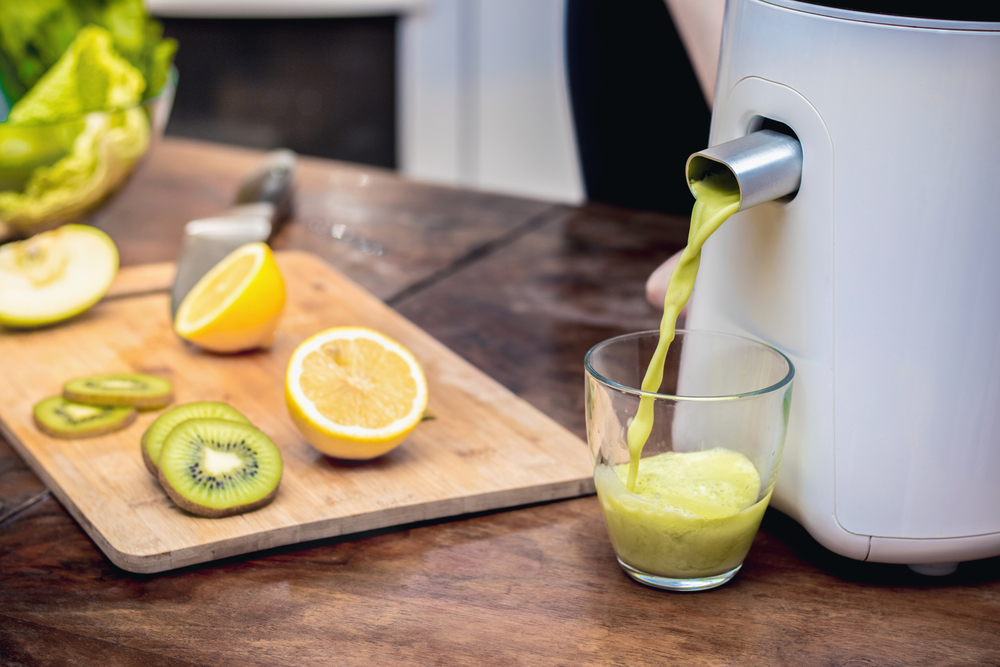
Launched in 2016, Juicero was a $400 smart juicing machine that squeezed proprietary, pre-packaged fruit and vegetable packs. It faced criticism for its high price, the unnecessary complexity of requiring a Wi-Fi-connected machine for juicing, and the revelation that its packs could be squeezed by hand, leading to the company’s shutdown in 2017.
3D TVs
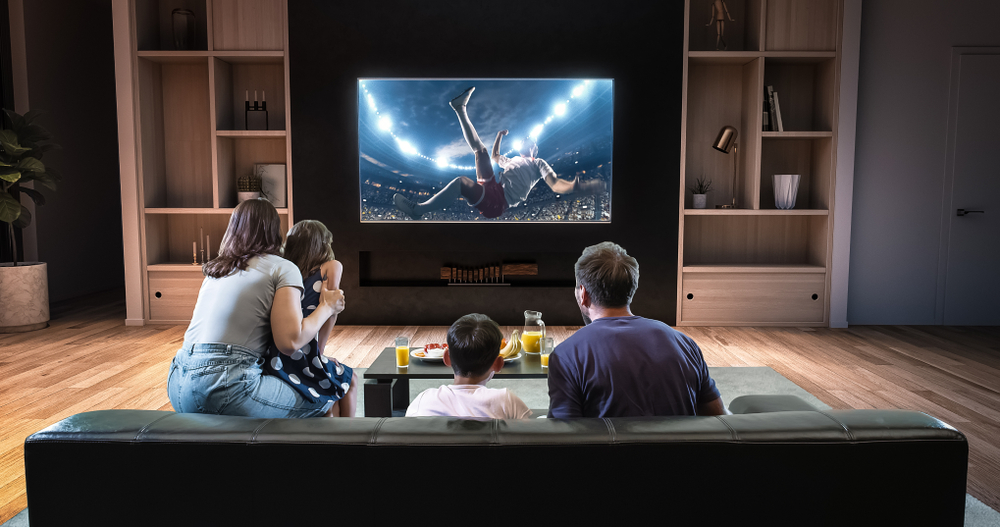
In the early 2010s, 3D TVs were marketed as the next big thing in home entertainment, with brands like Samsung and LG leading the way. However, high prices, the need for special glasses, limited 3D content, and discomfort while watching led to consumer apathy, and production largely ceased by the end of the decade.
Microsoft Zune
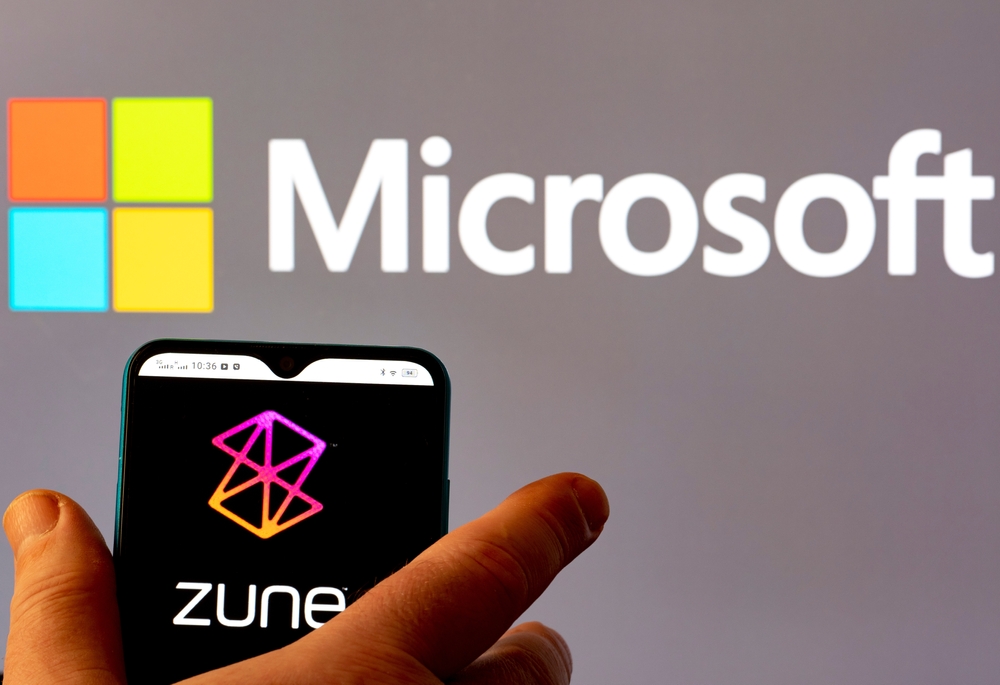
Introduced in 2006, the Zune was Microsoft’s answer to the iPod, priced similarly at around $250. Despite its decent features, such as a larger screen and social sharing functions, it failed to make a significant dent in the iPod’s market dominance, leading to its discontinuation in 2011.
Amazon Fire Phone
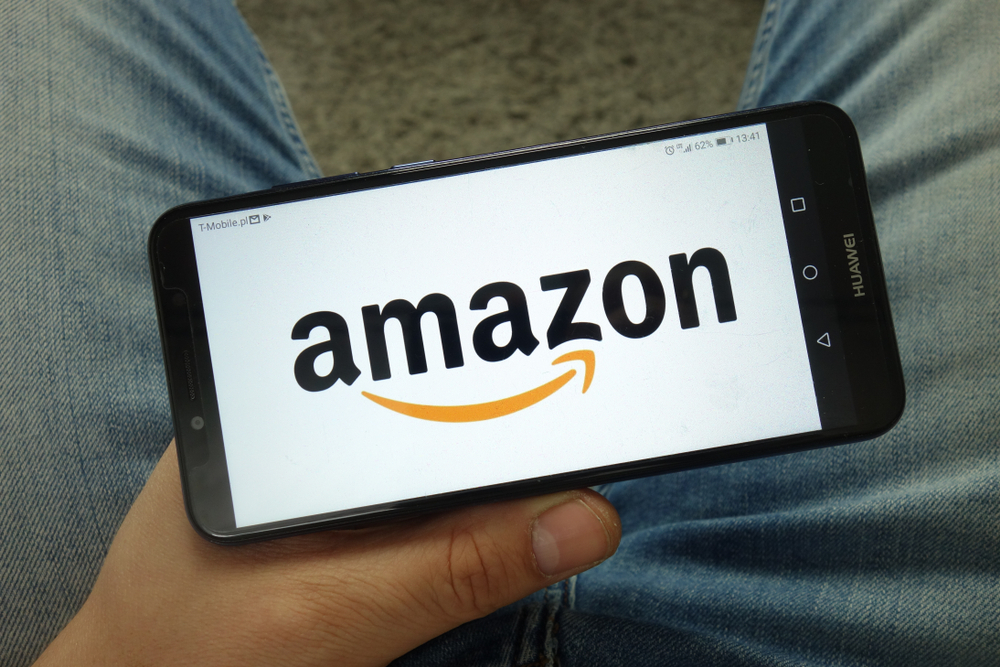
Released in 2014, the Amazon Fire Phone was priced at $649 without a contract. It featured Dynamic Perspective and Firefly technology but suffered from a lack of apps, mediocre performance, and a high price point, resulting in poor sales and its eventual discontinuation.
Samsung Galaxy Note 7
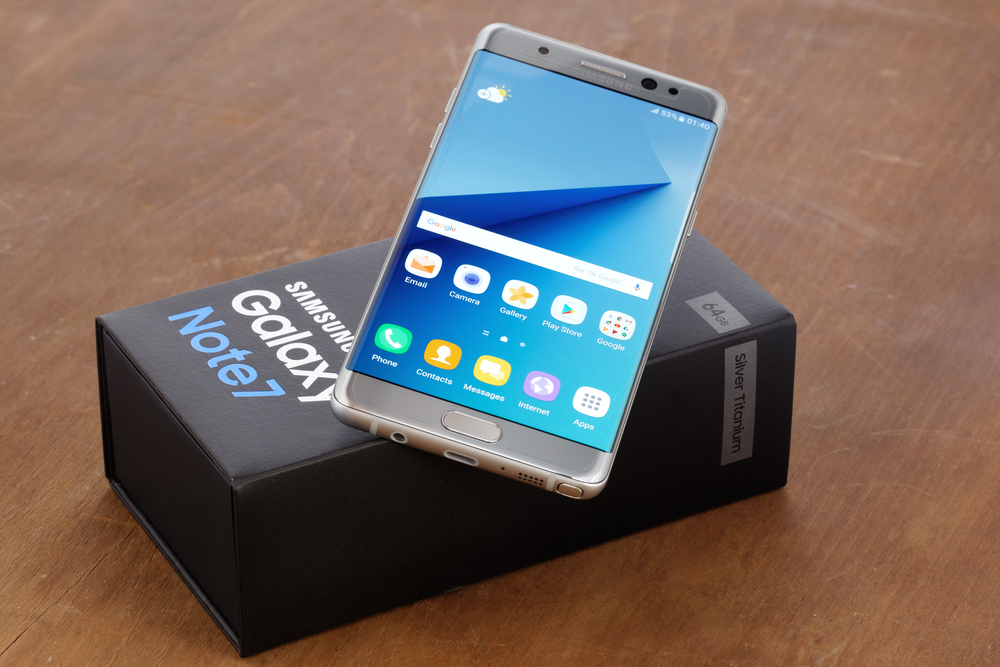
The Galaxy Note 7, released in 2016 with a price tag of around $850, was initially praised for its advanced features. However, it was soon marred by battery explosions that led to a global recall and discontinuation, tarnishing Samsung’s reputation.
Twitter Peek
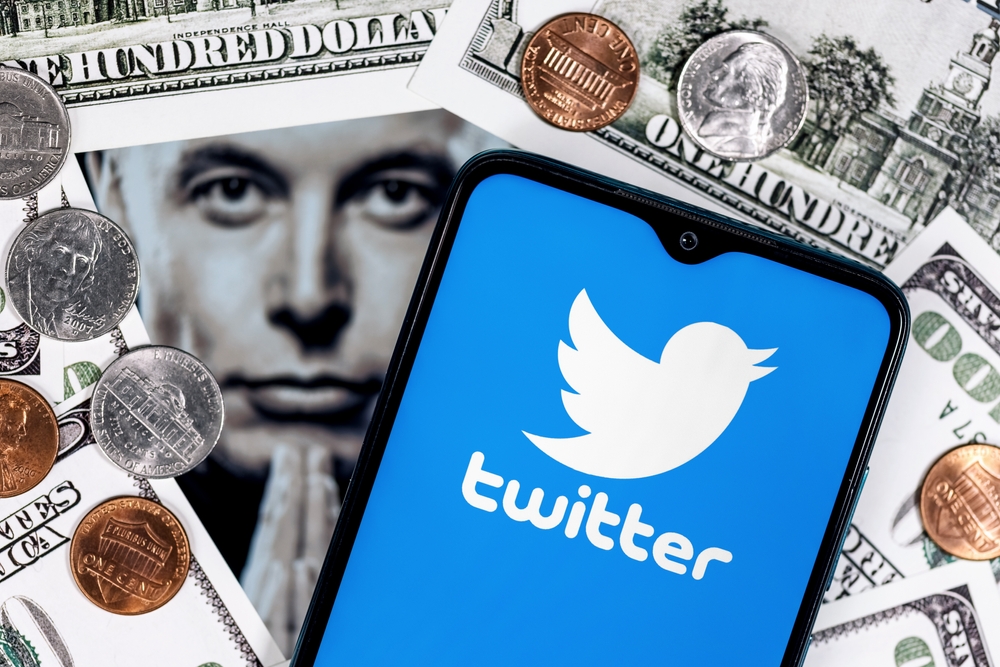
Twitter Peek, launched in 2009 for $99, was a device solely for using Twitter. Its limited functionality, combined with the rise of smartphones that could manage multiple apps, rendered it obsolete shortly after launch.
Ouya
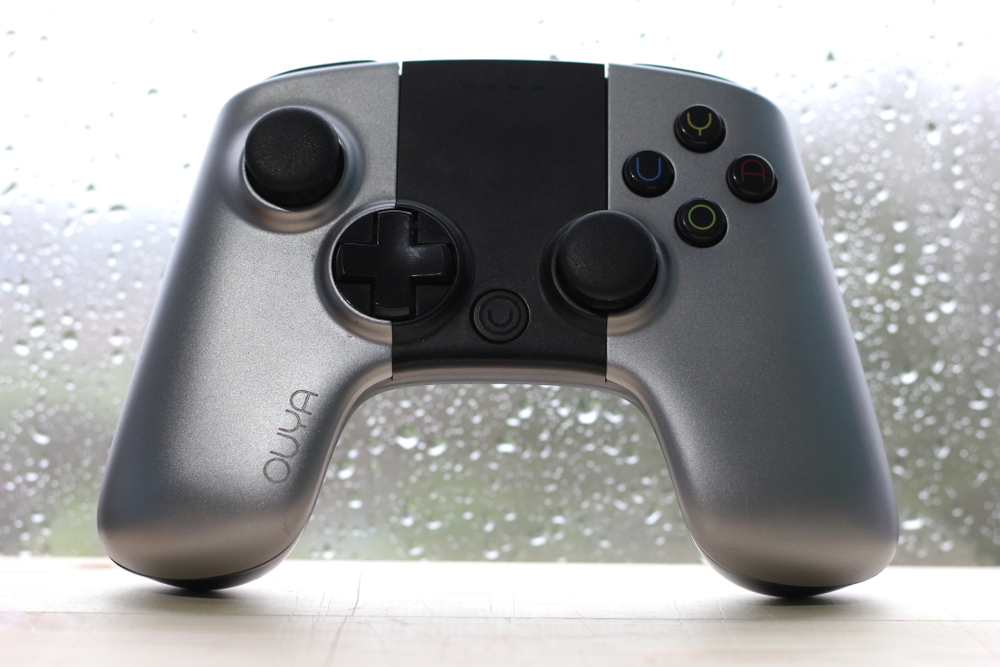
The Ouya was a $99 Android-based gaming console released in 2013. It aimed to revolutionize the gaming industry with its open-source platform but suffered from a lack of high-quality games, poor performance, and was eventually overshadowed by major gaming consoles.
HP TouchPad

Released in 2011 for $499, the HP TouchPad was a tablet running webOS. Despite its innovative OS and positive initial reviews, it couldn’t compete with the iPad’s ecosystem and suffered from poor app support, leading to its discontinuation just months after launch.
Nokia N-Gage
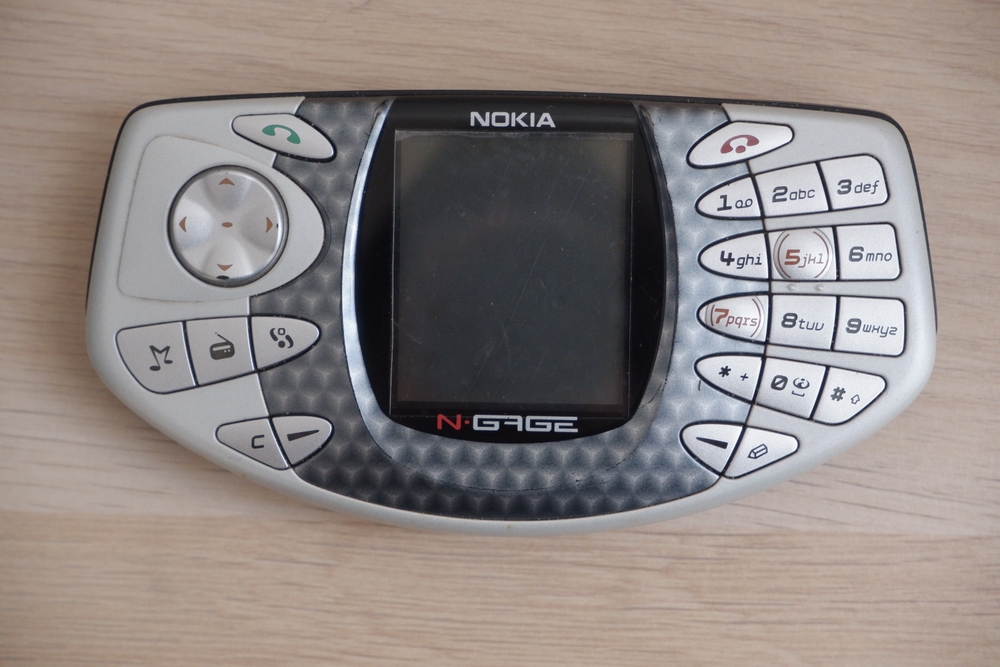
Launched in 2003 for around $300, the Nokia N-Gage tried to combine a smartphone and a handheld gaming device but ended up being mediocre at both. Its awkward design and lack of good games led to poor sales.
Google Nexus Q
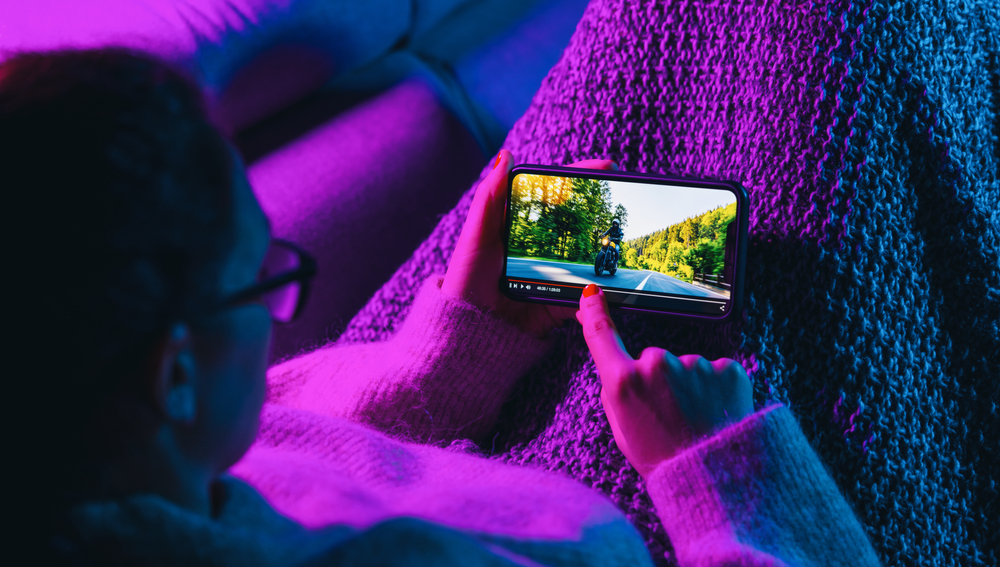
Introduced in 2012 for $299, the Nexus Q was a streaming media player that was criticized for its high price, limited functionality compared to other streaming devices, and reliance on other Nexus devices, leading to its discontinuation.
BlackBerry PlayBook
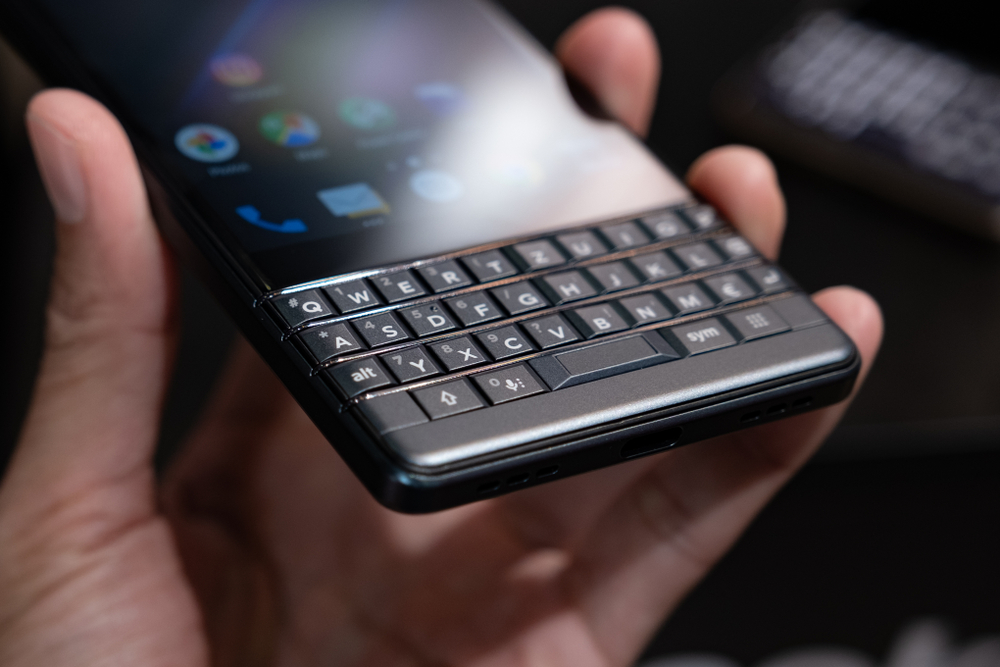
Released in 2011 with a starting price of $499, the PlayBook was BlackBerry’s attempt at entering the tablet market. It was hampered by a lack of essential apps, the need for a BlackBerry phone to access key features, and poor market reception.
Pebble Smartwatch
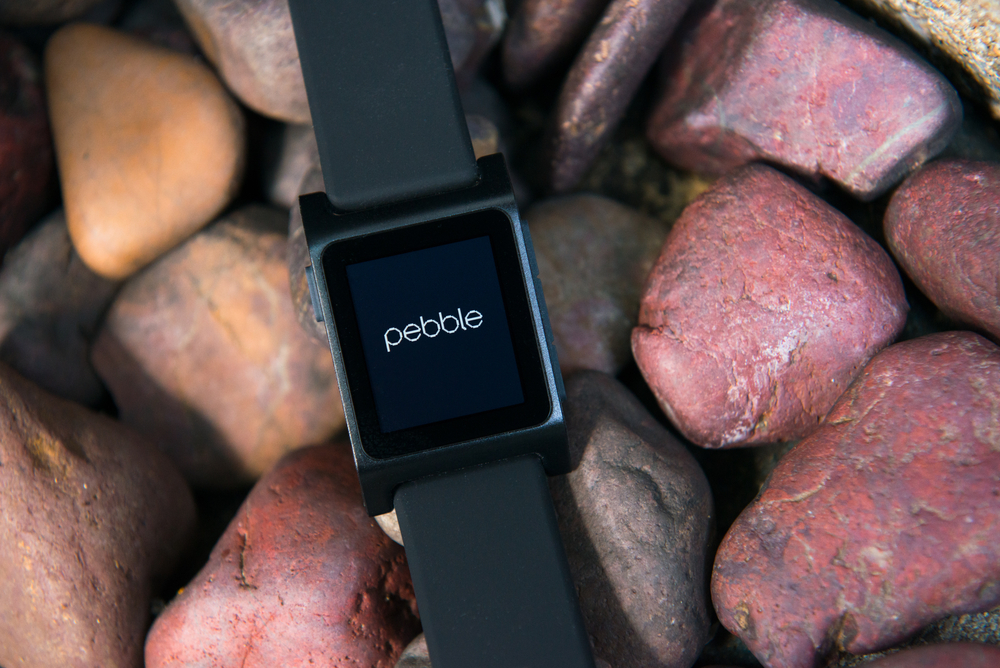
Pebble, launched in 2013 after a successful Kickstarter campaign, was priced at $150. While it was a pioneer in smartwatch technology, it struggled with financial issues and competition from more advanced watches like the Apple Watch, leading to its acquisition and discontinuation.
Essential Phone
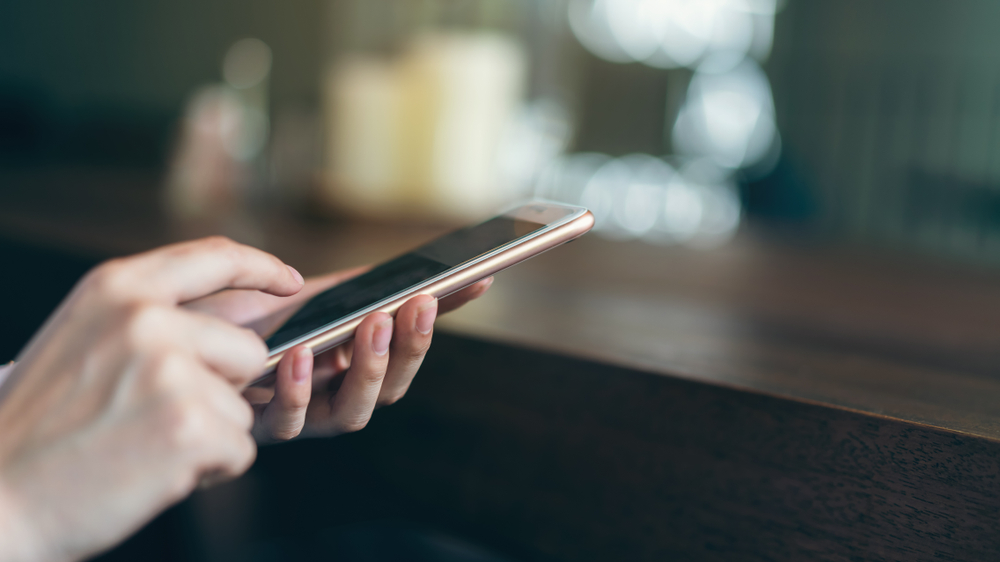
Launched in 2017 by Android co-founder Andy Rubin, the Essential Phone was priced at $699. It was marketed as a game-changing smartphone with a modular design and edge-to-edge display. However, it faced issues like poor camera performance and a limited ecosystem for its modular accessories, leading to lackluster sales and the company’s eventual closure.
Gizmondo
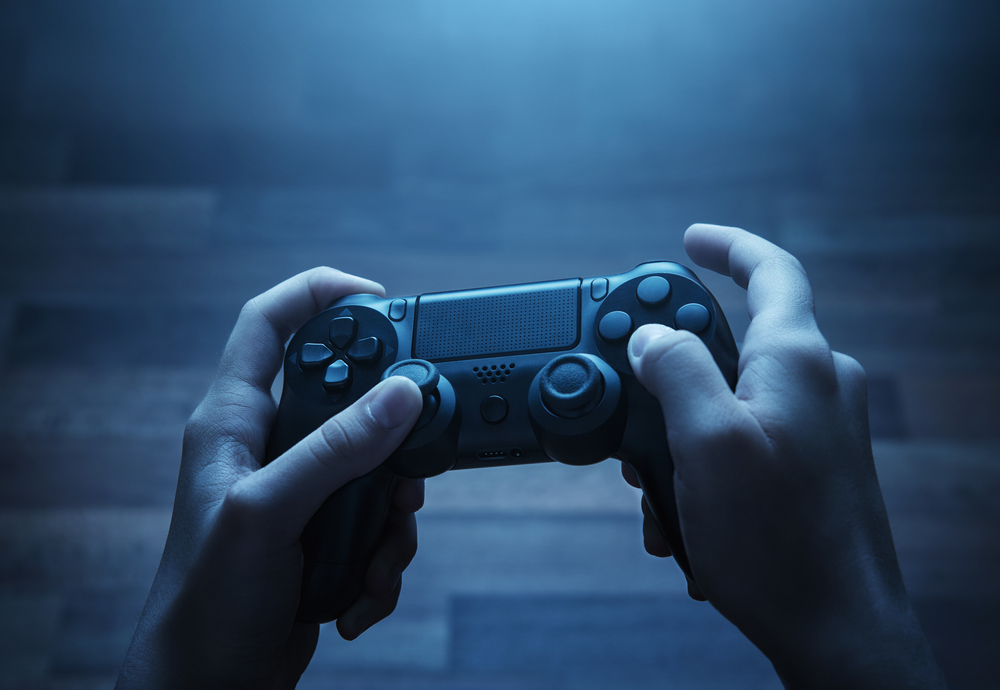
Released in 2005, the Gizmondo was a handheld gaming device priced at $400. It attempted to combine gaming with GPS and other multimedia features but was plagued by poor game selection, high cost, and company scandals, leading to its quick demise.
Google Nexus Player
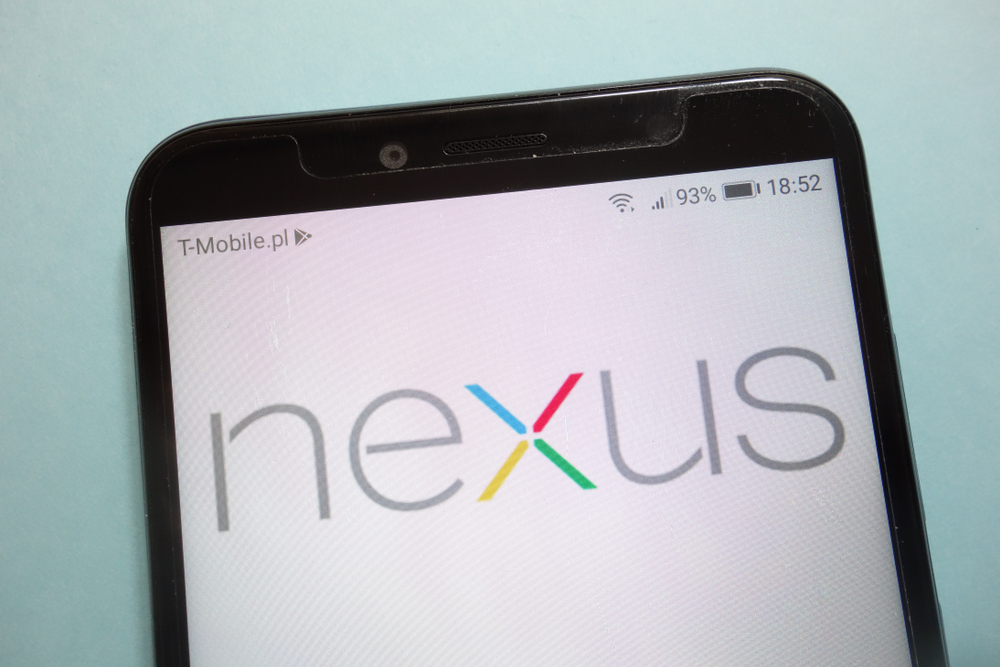
Launched in 2014 for $99, the Google Nexus Player was an Android TV media streaming device. Despite the backing of Google, it struggled with a lack of apps, underwhelming hardware performance, and was eventually overtaken by more successful streaming devices like the Amazon Fire TV Stick and Roku.
Sony Mylo
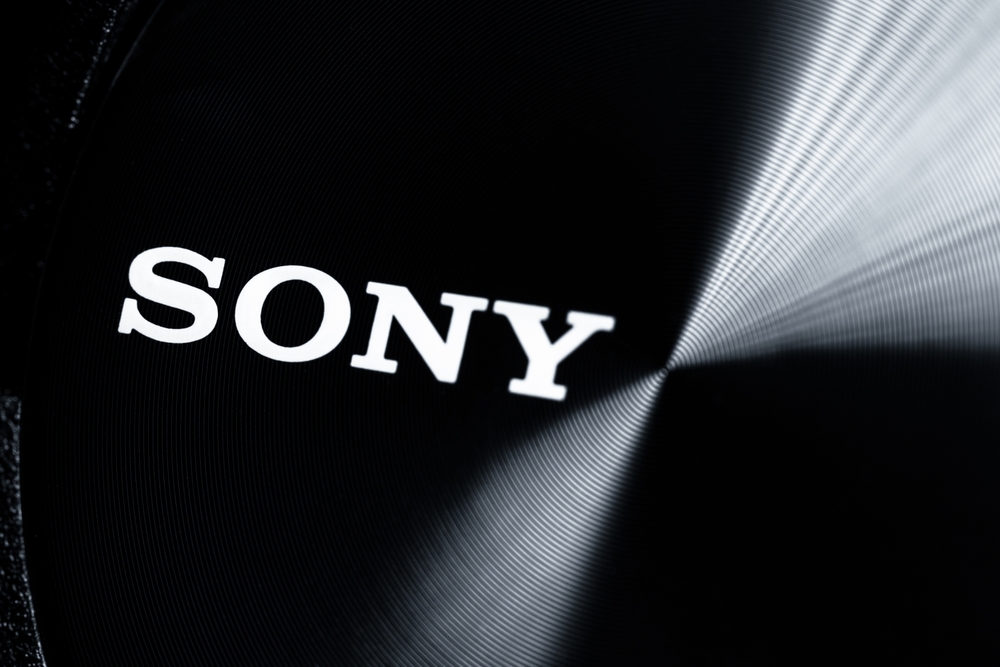
Introduced in 2006, the Sony Mylo was a handheld device for browsing the web and instant messaging, priced at around $350. It was targeted at a niche market and failed to gain traction due to the rise of smartphones, which offered more functionality and connectivity.
Coolest Cooler

Kickstarted in 2014, the Coolest Cooler, priced at $485, was a multi-functional cooler with a blender, speaker, and USB charger. Despite its initial crowdfunding success, it faced production issues, delays, and complaints about quality and customer service, leading to dissatisfaction and a failure to meet backers’ expectations.
Atari Jaguar

The Atari Jaguar, released in 1993 for $249, was marketed as the first 64-bit gaming console, promising superior performance. However, it suffered from a lack of good games, complicated hardware that was difficult to develop for, and was eventually overshadowed by competitors like the Sony PlayStation.
iSmell

Announced in 2001, the iSmell was a personal scent synthesizer that connected to a PC to deliver smells related to digital content. It became infamous as one of the most questionable tech products due to its bizarre concept and lack of practical application, and it never progressed beyond the prototype stage.
Microsoft Kin
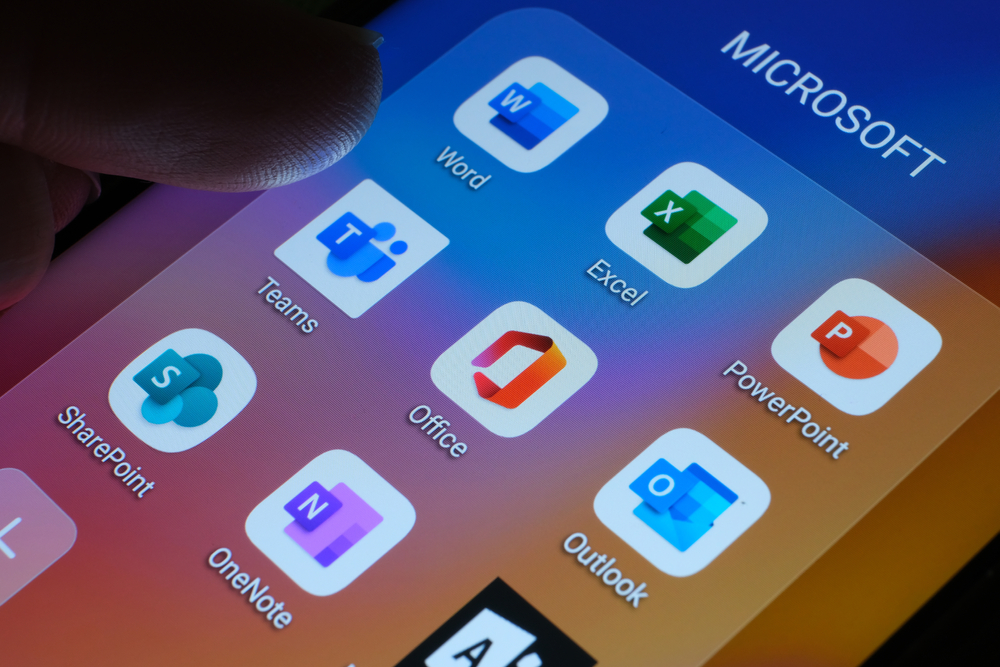
Launched in 2010, the Microsoft Kin was a line of social media-focused smartphones priced between $50 and $100 with a contract. They were pulled from the market just a few weeks after release due to poor sales, attributed to limited features, high data plan costs, and competition from more capable smartphones.
LeEco Le Super Bike
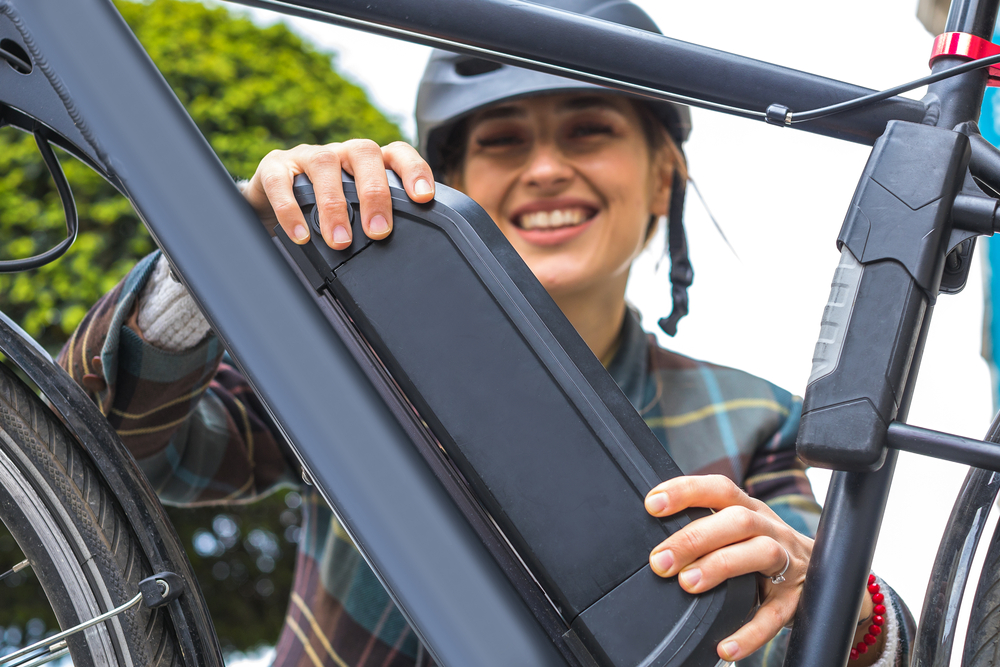
Announced in 2016, the LeEco Le Super Bike was an ambitious smart bicycle featuring a built-in Android tablet, fitness tracking, and navigation. Despite the innovative concept, it failed due to LeEco’s financial troubles and the niche market for such a high-tech, expensive bicycle, with prices speculated to be around $800 to $1,000.
Barnes & Noble Nook Tablet

Released in 2010 starting at $249, the Nook Tablet aimed to compete with Amazon’s Kindle Fire and Apple’s iPad. Despite decent hardware and a focus on reading, it struggled due to a limited app ecosystem, competition from more versatile tablets, and Barnes & Noble’s struggles to sustain its digital hardware division.
This article originally appeared on UnifyCosmos.
More from UnifyCosmos
21 Mind-Expanding Apps for Personal Growth
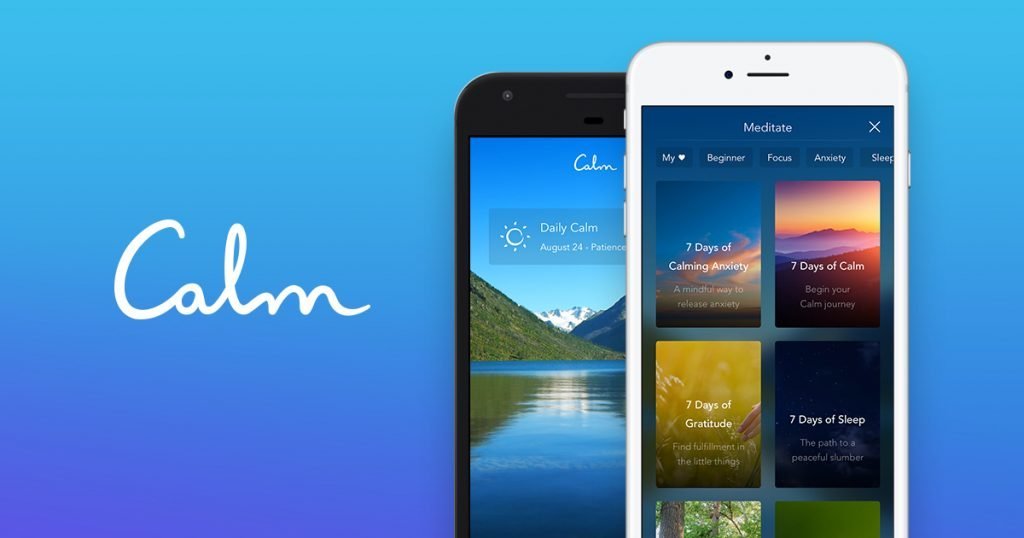
Here, we explore some of the most mind-expanding apps that can aid in your quest for personal growth, helping you to become the best version of yourself. Read more!
23 Surprising Health Benefits of Common Foods

In this article, we’ll explore some of the most surprising health benefits of common foods and how they can contribute to a healthier, happier life. Read more!
20 DIY Hair Masks for Hydrated and Nourished Locks

Say goodbye to expensive salon treatments and hello to healthy, glossy hair from the comfort of your home. Dive into our list of the best DIY hair masks to revitalize your tresses and achieve salon-quality results. Read more!
Leave a Reply